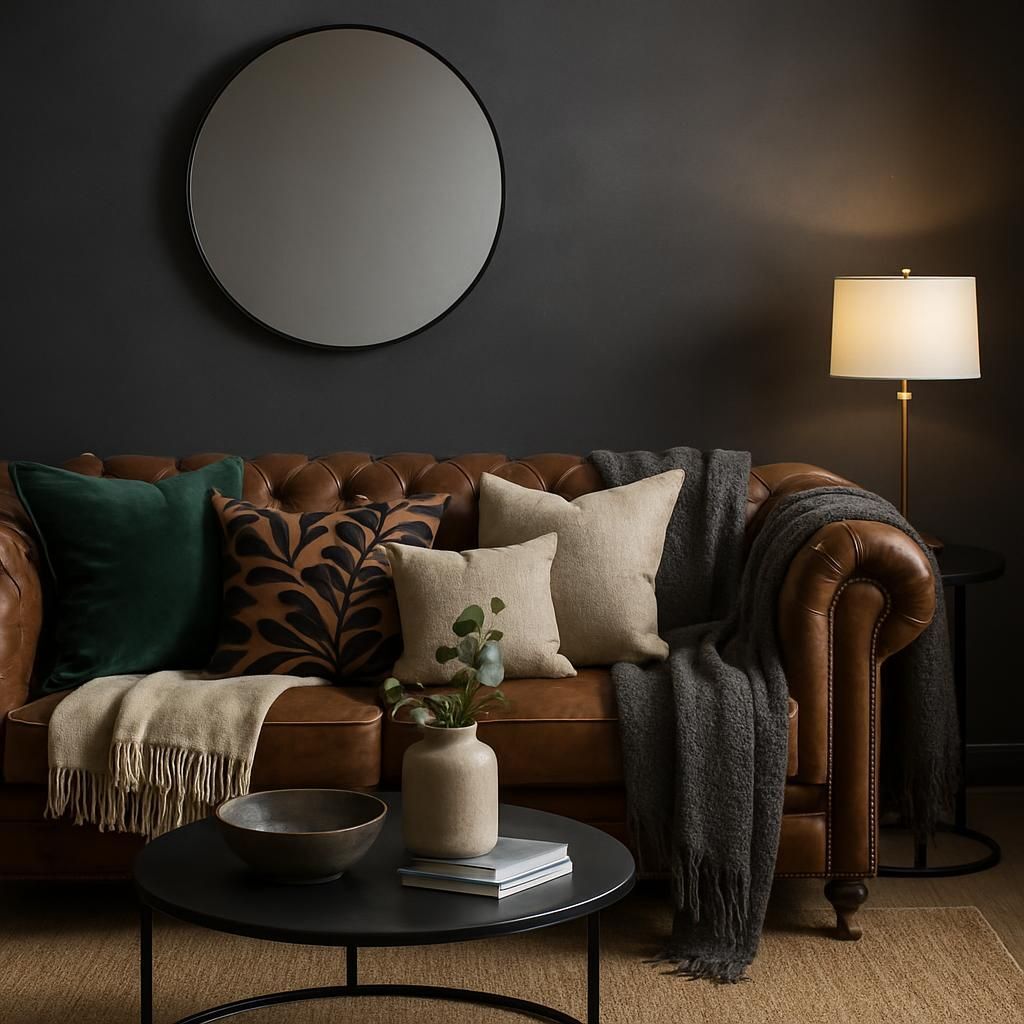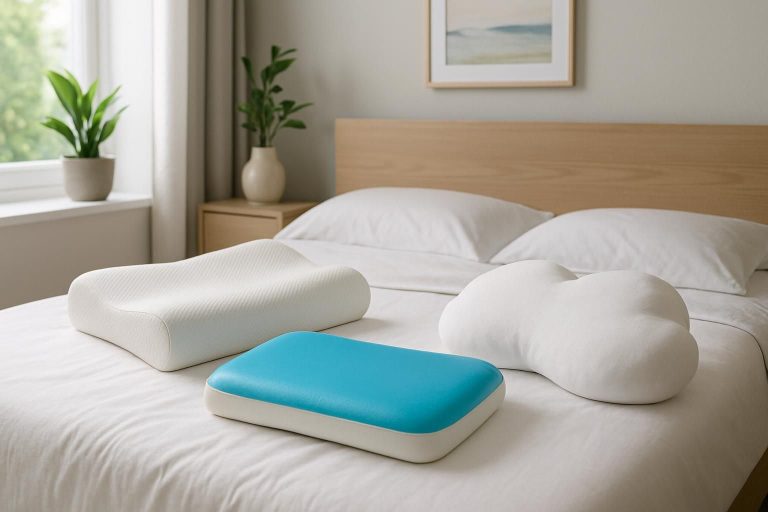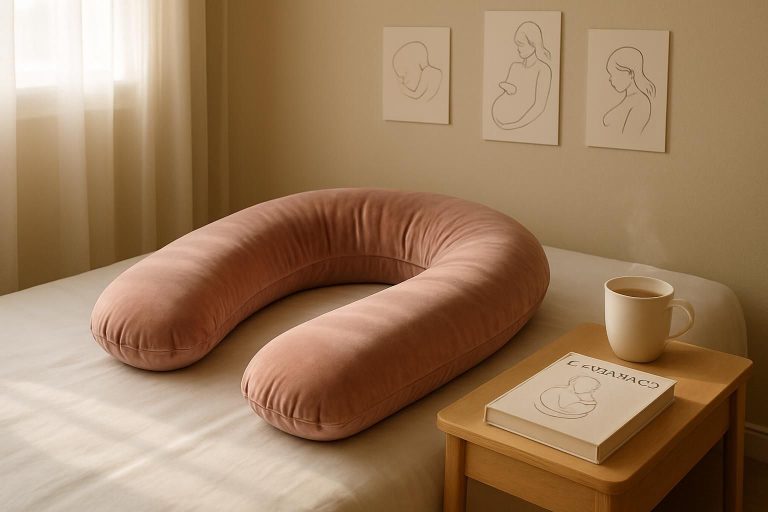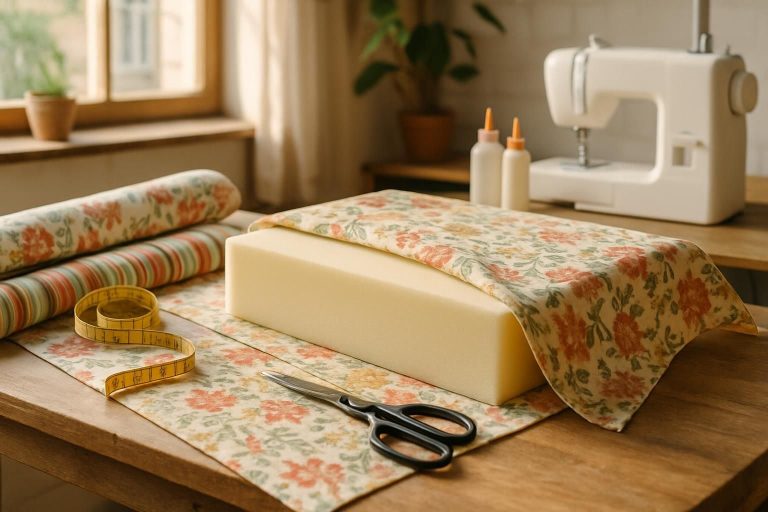Decorating a sofa with cushions holds transformative potential for the living room, turning an ordinary seating area into a captivating focal point. The wise selection and arrangement of cushions enhance not only the comfort but also the design aesthetic of the space. Whether aiming for a minimalist look or a vibrant seasonal refresh, cushions offer a playful versatility to capture mood and style. Interior design enthusiasts rely on colors, patterns, and textures to create layers of personality, often revisiting and adapting arrangements to reflect changing trends or different atmospheres. By thoughtfully choosing cushions that complement the sofa’s fabric and silhouette, one can effortlessly elevate the entire room’s decor. Brands such as DFS, The Lounge Co., and Pillow Talk offer extensive collections that cater to various tastes, while experts like Jemma Jaques emphasize the art of combining shapes and styles for dynamic spaces. Ultimately, cushions become more than just decorative pieces—they revitalize the sofa and invite guests to linger longer within an inviting, living room sanctuary.
How to Decorate a Sofa with Cushions: Transform Your Living Space
Choosing the Best Cushions for Sofa Fabric, Color, and Style
Choosing cushions that harmonize with the sofa fabric and color is pivotal in crafting an elegant ambiance. Cushions should neither clash with nor overpower the sofa’s foundation; a successful mix introduces contrast and interest without creating visual noise. For instance, pairing a rich velvet cushion with a linen sofa fabric enhances texture while respecting the overall tone.
Consider these essential tips when selecting cushions:
-
🌈 Colour Coordination: Pick hues that echo or complement the sofa’s shade or the room’s palette, incorporating accent colors to enliven the setting.
-
🛋️ Fabric Compatibility: Velvet and cotton cushions bring warmth, whereas sleek linens suit modern or minimalist sofas.
-
🎨 Pattern Balance: Combine solid cushions with those boasting subtle or bold patterns to avoid monotony.
-
🪡 Quality and Durability: Opt for fabrics easy to maintain and resilient, especially in high-traffic living rooms.
Focusing on sofa styles can clarify cushion choices. A classic Chesterfield, with its tufted design and premium leather, demands refined cushions — typically rich linens or textured velvet in muted jewel tones. Loveseats, intimate in scale, benefit from fewer cushions, ideally lumbar shapes for ergonomic support and aesthetic balance. Sectional sofas call for an extensive diversity of cushion shapes, sizes, and colors to break up large surfaces and offer visual depth.
Understanding Sofa Types: Chesterfield, Loveseat, Sectional, and More
Each sofa type defines its own set of cushion styling rules, shaped by structure, upholstery, and space allocation. This framework guides choosing the right size, shape, and quantity to enhance the user’s experience and room’s mood.
-
🛋️ Chesterfield Sofa: Known for deep button tufting and rolled arms, it pairs beautifully with plush velvet or linen cushions in jewel tones or neutral shades.
-
❤️ Loveseat: Compact and inviting; limited cushions are ideal — a pair of lumbar or square cushions creates elegance without clutter.
-
🔲 Sectional Sofa: Expansive seating calls for layering cushions of varying size and pattern, mixing solids with bright motifs to avoid a bulky look.
-
🎩 Cabriole Sofa: With its delicate curves and antique vibe, this style favors soft textiles and embroidered cushions to enhance its aesthetic charm.
Well-known retailers like DFS provide an impressive range of options tailored to popular sofa types, allowing for creative styling while maintaining harmony with each sofa’s architectural essence. Cushion choices tailored to sofa design offer both aesthetic and practical advantages by creating inviting, balanced living spaces.
Coordinating Cushion Colors and Textures With Your Sofa
Introducing cushions that contrast or complement a sofa’s fabric and colour enriches its visual appeal. For instance, a beige or grey sofa can be transformed with aqua, mustard, or burgundy cushions. Aside from color, focusing on texture invites tactile and visual interest:
-
✨ Velvet cushions introduce a lush richness, especially striking against matte or woven upholstery.
-
🌾 Linen cushions offer a natural, breathable element, well-suited for airy, minimalist settings.
-
🧶 Cushions with fringing or braided edges provide subtle decorative accents enhancing a cozy vibe.
-
💠 Patterns such as geometric shapes or florals can energize a monochrome sofa without overwhelming the eye.
Combining these elements achieves a cohesive look while minimizing visual clutter. Maintaining a balance between textures and colors ensures the sofa remains the living room’s centerpiece.
|
🎨 Element |
Suitable Sofa Fabric |
Effect on Aesthetic |
Ideal Interior Design Style |
|---|---|---|---|
|
Velvet Cushion |
Linen, Cotton, Leather |
Luxurious, Depth, Visual Warmth |
Modern, Maximalist, Contemporary |
|
Linen Cushion |
Linen, Velvet, Wool |
Natural, Airy, Casual |
Minimalist, Scandinavian, Bohemian |
|
Patterned Cushion |
Solid Fabric Sofas |
Dynamic, Playful, Personalized |
Eclectic, Bohemian, Transitional |
|
Leather Cushion |
Textured Sofas |
Elegant, Sophisticated |
Industrial, Urban, Classic |
Cushion Arrangement Techniques for Different Design Styles
Mastering cushion arrangement unlocks the sofa’s ability to both please the eye and invite relaxation. Stylish arrangement transforms cushions into a dynamic decorative feature and functional comfort element. Styles range from strict, balanced to free-flowing asymmetrical configurations tailored to suit the interior design’s voice.
Balanced vs. Asymmetrical Cushion Placement for Sofas
Balanced cushion arrangement emphasizes symmetry. Ideally, pairs or mirrored shapes anchor either side of the sofa, mirroring color and pattern placement. This design instills a sense of order perfect for formal, minimalist, or modern living rooms. Asymmetrical layouts favor artistic freedom, layering cushions unevenly to create visual intrigue and casual appeal.
-
🟠 Balanced Example: Two large solid cushions flank a center lumbar cushion with subtle patterns.
-
🔵 Asymmetrical Example: A mix of three different pillows on one end, balanced by a singular boldly patterned cushion on the other.
-
🟢 Tips: Odd-number groupings (three or five cushions) tend to generate natural harmony.
Deciding between balanced and asymmetrical depends on sofa shape, living room size, and desired mood. For instance, a modular or sectional sofa thrives with asymmetry that complements its flexibility, while a structured loveseat benefits from balance.
Achieving Visual Interest: Mix and Match Shapes, Sizes, and Patterns
Adding dimensionality through a mix of cushion sizes, shapes, and patterns cultivates depth and excitement. Large base cushions provide comfort and anchor the look. Smaller, colorful cushions with intricate patterns introduce focal points. Alternating square, rectangular, and round cushions softens edges, inviting tactile curiosity.
-
🔷 Combine solid base cushions with one patterned decorative cushion per section.
-
⬜ Mix rectangular lumbar cushions with square cushions to enhance ergonomics and visual layering.
-
🔶 Incorporate throw cushions with floral, geometric, or abstract patterns for an eclectic touch.
-
⭐ Use gradient colors or complementary shades, like mustard with navy or rose with stone grey.
Less is sometimes more; overloading may rob the sofa of its allure. Strategic arrangement invites flow between cushions, making the sofa a place where comfort meets artistic expression.
Selecting Cushion Fabrics, Fills, and Textural Elements
Fabric and fill determine cushions’ tactile and visual impact while influencing durability and care. Careful selection maximizes both comfort and style, reflecting the living room’s function and seasonal changes. Texture plays a vital role here, adding vitality or soothing softness depending on the blend.
Comparing Cushion Fill Types: Feather, Foam, and Polyester for Comfort and Style
The type of fill affects cushion plumpness, weight, and endurance:
|
🛏️ Fill Type |
Characteristics |
Design Impact |
Maintenance |
|---|---|---|---|
|
Feather |
Soft, plump, conforms to the body |
Casual, inviting, timeless |
Requires regular fluffing and professional cleaning |
|
Foam |
Firm, supportive, retains shape |
Modern, structured, polished |
Wipes clean, less fluffing needed |
|
Polyester |
Affordable, resilient, lightweight |
Versatile, easy-care, resistant to allergens |
Machine washable covers recommended |
Feather-filled cushions often lend sofas a luxe, casual vibe favored in cozy homes or eclectic settings, while foam or polyester fills suit offices or minimalistic styles prioritizing clean lines. The fill choice ideally matches the sofa’s use and room ambiance.
Incorporating Textural Contrasts: Velvet, Linen, Fringing, and More
Textural contrasts heighten cushion aesthetics considerably. Velvet cushions add sheen and softness contrasting with woven linens or knits. Decorative touches like fringing, tassels, and embroidered details infuse personality and seasonal flair. These elements function as accessories that refresh sofas effortlessly:
-
🧵 Velvet cushions offer tactile luxury complementing matte or plain sofa fabric.
-
🌿 Linen and cotton deliver an organic feel, perfect for warm seasons.
-
🧣 Fringed or tasseled cushions work wonders in bohemian or eclectic living rooms.
-
🧵 Embroidered or beaded textures add delicate, handcrafted elements.
Effortlessly swapping cushions with different textures each season keeps the sofa, and thus the living room, feeling vibrant and on-trend.
Expert Tips on Styling Cushions for Small and Large Sofas
The size and shape of the sofa strongly influence the number and style of cushions suited for it. Overcrowding a small sofa creates clutter; too few cushions on a large sofa leave it cold and uninviting. Expertise lies in balancing these needs thoughtfully.
How Many Cushions Per Sofa? Avoiding Overcrowding and Enhancing Usability
Guidelines suggest:
-
🛋️ Small sofas or loveseats: 2-4 cushions including 1 lumbar cushion to maintain comfort.
-
🛋️ Medium sofas: 4-6 cushions, mixing sizes and patterns for visual depth.
-
🛋️ Large sectionals: 6+ cushions arranged asymmetrically to enliven the space without overpowering.
Use cushions not just decoratively but functionally — lumbar cushions provide essential back support while decorative cushions soften the long lines of sofas. Avoid overcrowding by leaving breathing room to prevent visual congestion, especially in compact living rooms where space matters.
Complementary Accessories: Throws, Footstools, and Side Tables for Added Flair
Cushions rarely stand alone in styling a sofa; they harmonize with thoughtful accessories that enhance the living room’s design and comfort. Throws can echo cushion patterns or colors, doubling both warmth and visual interest. Footstools and side tables add practical but stylish touches, bridging between sofa and the rest of the space:
-
🧣 Throws in coordinating textures (like chunky knit or silk) to layer softness.
-
🛋️ Footstools or ottomans with complementary cushions as added seating or footrests.
-
🪑 Side tables in matching or contrasting materials to frame the sofa’s space.
Brands such as The Lounge Co. have mastered the art of pairing cushions and accessories for holistic decor solutions.

FAQ
-
Q: How often should cushions be replaced or updated?
A: To keep a sofa feeling fresh, swapping cushions seasonally or every 1-2 years based on wear and trends is ideal. This allows living spaces to evolve with the seasons and personal style changes. -
Q: Can cushions improve the comfort of any sofa?
A: Yes, the right combination of cushion fills—particularly soft feather or supportive foam—and correct sizing can significantly enhance the comfort of almost any sofa model. -
Q: What cushion arrangement is best for minimalist interiors?
A: Minimalist spaces benefit from a restrained number of cushions in solid, neutral tones and simple textures, arranged symmetrically to maintain clean lines. -
Q: Are velvet cushions suitable for hot climates?
A: While velvet adds luxury, it can feel warm in hot climates. Opting for velvet cushions as decorative, occasional accents alongside breathable fabrics like linen strikes a balance. -
Q: How do cushions help in updating an old sofa?
A: Cushions introduce new colors, textures, and shapes that can rejuvenate the look of a dated sofa, reflecting current trends without the expense of replacement.



